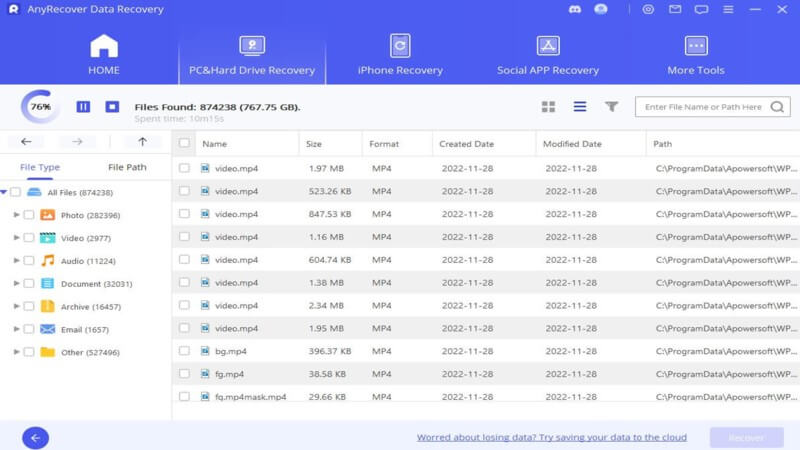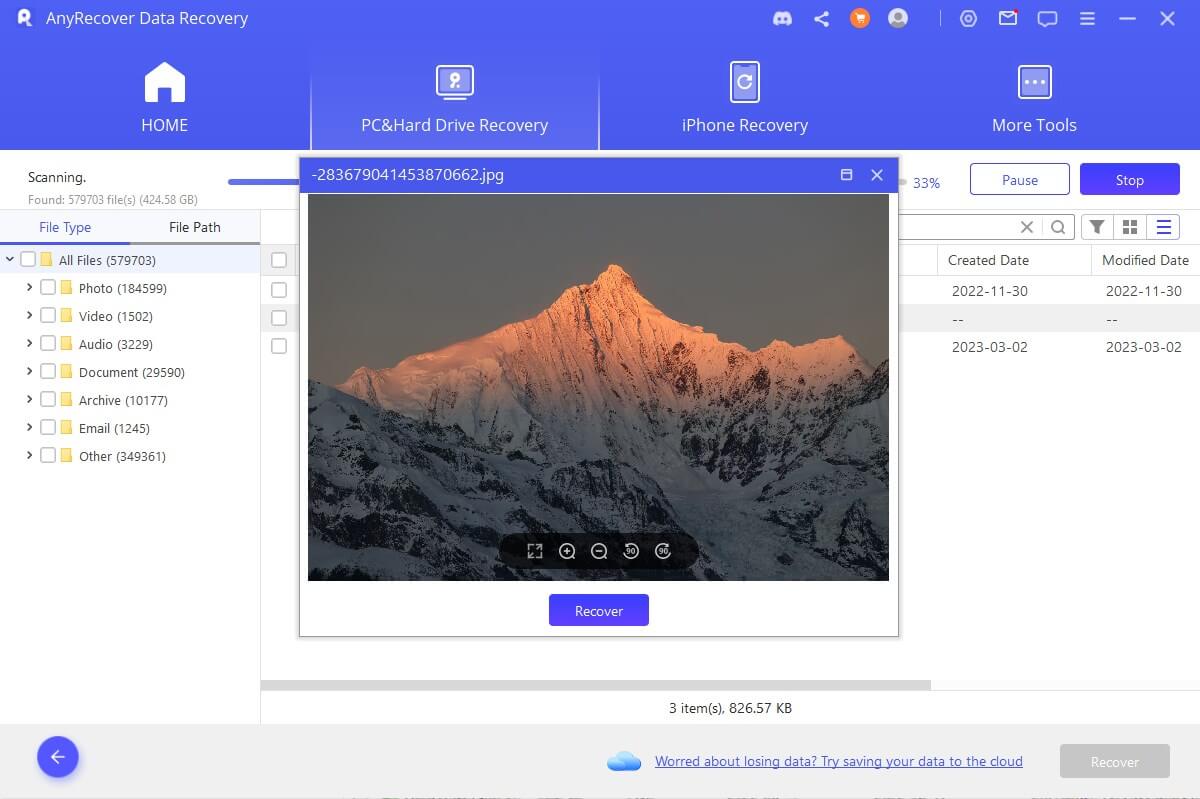[Solved] What Does and Doesn’t System Restore Do on Windows?
As a Windows 11/10/8.1/8/7/XP user, you may find it necessary to perform a system restore. Before you go ahead and perform the system restore, two questions may bother you. The questions are:
• “What does System Restore do?”
• “What doesn’t the System Restore do?"
In this article, we will focus on answering these 2 questions.
Part 1. What Does System Restore Do?
The System Restore is a feature built into Windows. It allows Windows users to roll back to the previous known good state. The feature comes in handy whenever a Windows user needs to roll back major changes that he/she made to the system. Below, we show you what does System Restore do:
1Effects on Windows Programs
Performing a system restore on your Windows PC will affect the installed programs. Any programs you had installed after creating the restoration point will be uninstalled. Also, the programs you had uninstalled after creating the restoration point will be re-installed.
It is worth noting that some programs, such as antiviruses, may not respond the way they are supposed to after the restoration. You may have to reinstall the software program manually. Windows lists the programs that will be affected in the restoration wizard. Check this wizard so that you can know the programs that will be affected.
2Effects on Windows System Files
Whenever you restore your Windows system, any changes you had made to the registry settings, system programs, and system files will be rolled back to the Windows system restoration point. Deleted or changed batch files, scripts, and other executables will be restored. If your system has corrupt files, you can get it to run normally by restoring it to a previous time.
3Effects on Windows Updates
The System Restore is capable of affecting the Windows Updates. Every time you perform the system restoration, the Windows Updates you had uninstalled after the restoration point had been created will be restored. The updates you had installed after the restoration point creation will be uninstalled. The same is applicable to any uninstalled or installed hardware drivers. Hardware devices can be affected by changes made to the driver software. It is, therefore, a good idea to uninstall, install, or update the driver software accordingly.
Part 2. What Doesn’t System Restore Do?
2Effects on Personal Files
Although the System Restore is capable of changing system programs and files, it won’t modify or delete the personal data or files you have stored on the hard drive. For example, if you have stored your project files in a folder named “My Project Files” located in drive C, these files will be kept intact throughout the system restoration process. The System Restore won’t affect the files in any way.
2Effects on Malware or Viruses
The System Restore is incapable of cleaning trojans, viruses, or other malware. Malicious software often behaves differently from regular software. In some instances, the malware will be integrated deeply into the Windows system. If your system is infected with viruses, installing a good antivirus to help with cleaning and removing the virus infections is a more effective solution.
3Effects on Deleted Data
Although System Restore is capable of restoring your system files and programs, it won’t help you recover your deleted data or files. The System Restore feature operates differently from how the data restore tools operate. Hence, you shouldn’t use the System Restore as a data recovery tool. To get your lost data back, it is advisable that you use a high-quality data recovery tool. But, is such a tool available? Find out below:
Part 3. How to Restore Deleted Data with AnyRecover?
If system restore can’t recover deleted files, then what to do when losing data on your Windows PC? AnyRecover is a third-party software which makes data recovery extremely easy. The tool does not require the user to have any technical knowledge. The tool works with all storage devices and all file types.

1,000,000 + Downloads
-
AnyRecover supports more than 1000 file formats: audio files, documents, archives, emails, pictures, images, etc.
-
It will help you recover the data you lost on your memory card, digital camera, flash drive, mobile phone, hard drive, camcorder, etc.
-
It will help you recover the data you lost in all situations: accidental deletion, mistakenly formatting, virus/malware attack, OS crash/re-install, power outage, lost partition, damaged hard drive, etc.
-
The tool makes file recovery both quick and easy without any tech skills.
-
Perfectly compatible with both Windows OS (including the latest Windows 11) and Mac OS.
We have already informed you that AnyRecover is extremely easy to use. To prove that we will show you how to recover Windows files when you accidentally delete them.
Step 1: Launch AnyRecover on your computer, choose a proper location where your data was lost and then click “Start”.
Step 2: Then a quick but deep scan will begin. You can pause, resume or stop the process anytime you want.

Step 3: All your deleted files will be showed on the program. If you want to preview the files, you can double click or click the eye icon. Then tap “Recover” to retrieve the selected files.

To Conclude:
System Restore is a useful Windows feature. There are things that the feature can do. Also, there are things that the feature is incapable of doing. One of the things that the feature cannot do is restoring lost or deleted files. If you have lost some of your files, you can use a tool known as AnyRecover to recover the files. The tool has a free trial version. You can try it before paying for it.
Start a deep scan for free right now!
Time Limited Offer
for All Products
Not valid with other discount *

 Hard Drive Recovery
Hard Drive Recovery
 Deleted Files Recovery
Deleted Files Recovery


